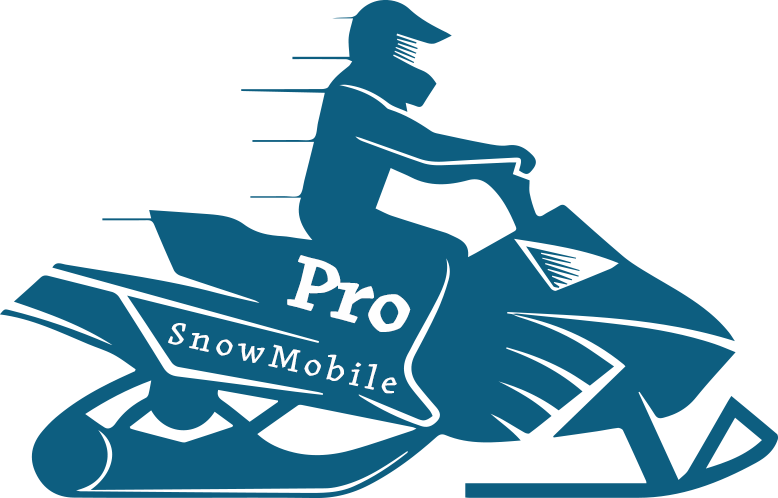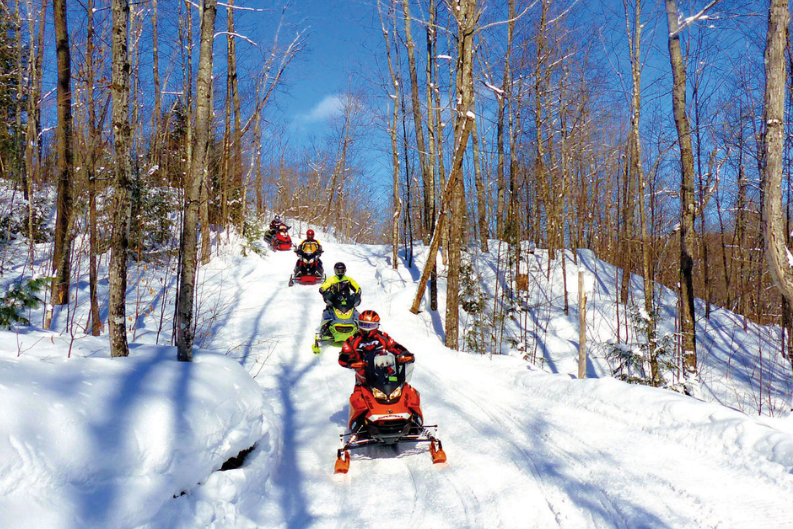How to Plan a Snowmobile Trip
Planning a snowmobile trip can be a fun and exciting experience. Whenever you go for a snowmobile trip on your snowmobile you should plan your trip to have a successful one. Planning is the most important part of your snowmobile trip because it helps you to execute your trip properly and make it enjoyable. There are some basic points you need to understand if you are going on a snowmobile trip.
- how long you will ride?
- with whom you will ride?
- where you will ride?
So, in these three points, you will understand that how you can make your snowmobile trip safe and enjoyable.
How Long You’ll Ride

Always consider how long you want to ride and determine the time duration according to the maps, you should set your ride time on the travel history of that particular map because it will make your snowmobile trip an enjoyable one and you will complete your trip easily and safely.
With Whom You’ll Ride

Make sure you ride with a group that has the experience to manage a snowmobile trip and use the buddy system. If you are riding in a group, choose a group of riders with equal or better riding experience, Snowmobile trips are very difficult to manage so I will recommend you have a buddy with you during your snowmobile ride who will stay with you throughout the ride and never leave you behind.
Where You’ll Ride
Before you start your ride, you should decide the routes and trails you will be riding on. Create a plan using detailed maps for the planned riding area and make it a successful outing with your partners.

There is another point that is the most important one in your planning to notify someone before leaving for a snowmobile trip and make sure someone reliable knows where you plan to go, whom you are going with, when you are leaving, and when you will return. If the snowmobile trip involves an overnight stay, include information on where you will be staying.
Steps to Consider When Planning a Snowmobile Trip
By following these steps, you can plan a safe and enjoyable snowmobile trip. Enjoy the beautiful winter scenery and have fun!
Conclusion
Snowmobile trips are very difficult to manage and safety is a major concern for everyone. You should be aware of different trail conditions and if you get stuck or injured then you should be able to get out of that situation. It is important to prepare before a snowmobile trip. If you are a beginner then choose to go with other riders on a snowmobile trip. Never ride alone on trails and obey the rules of the state where you ride or plan to ride.







